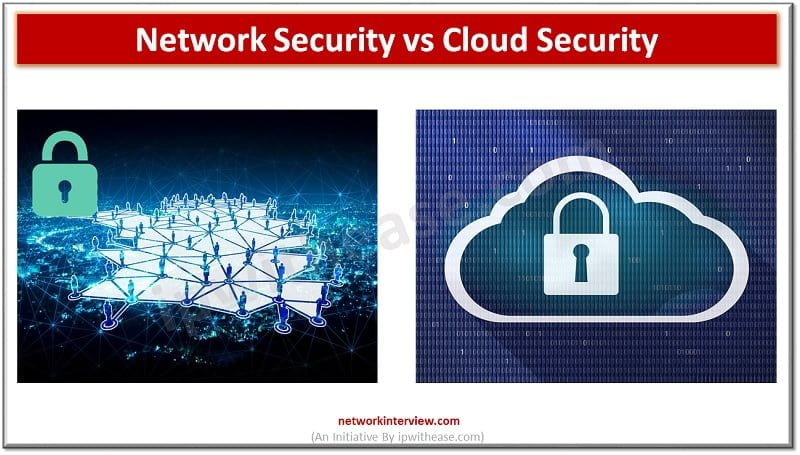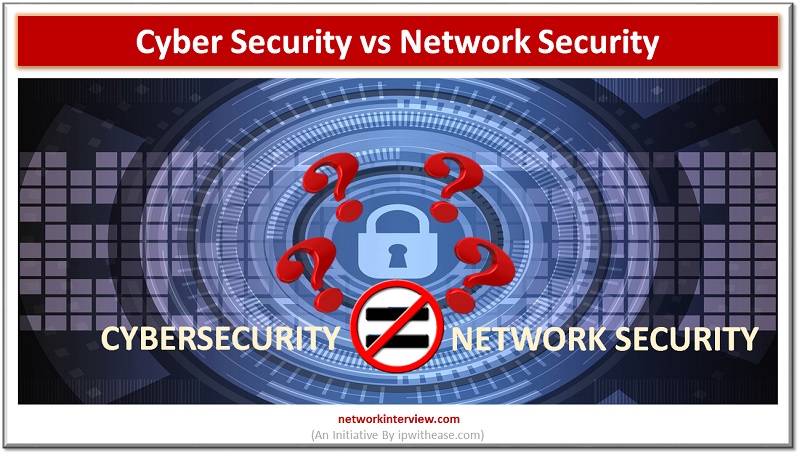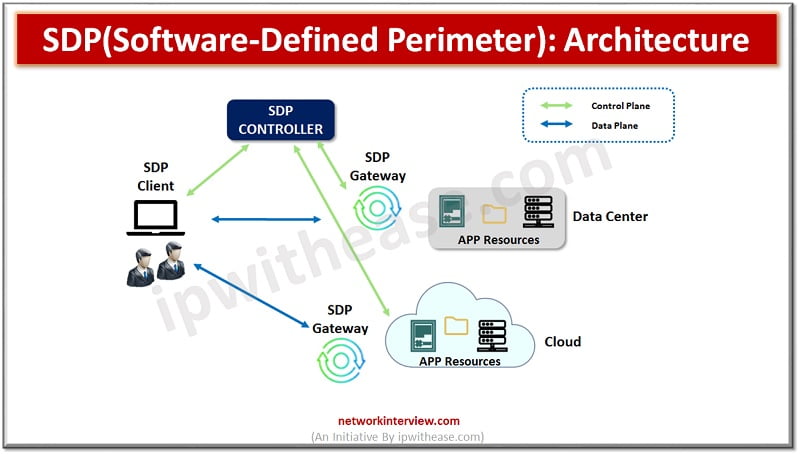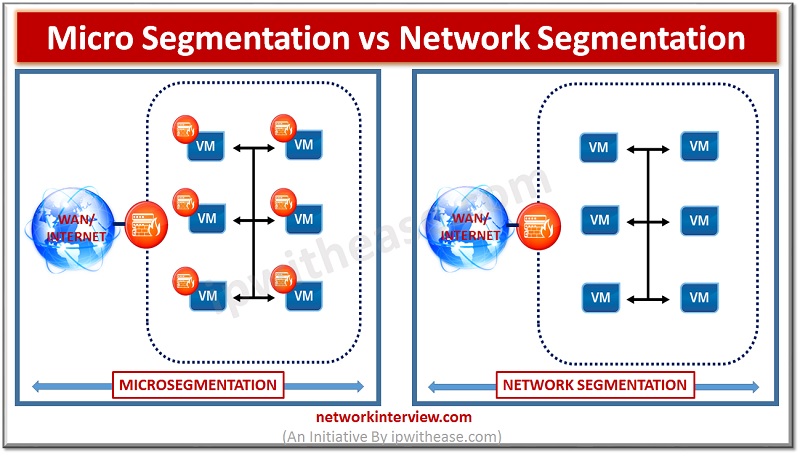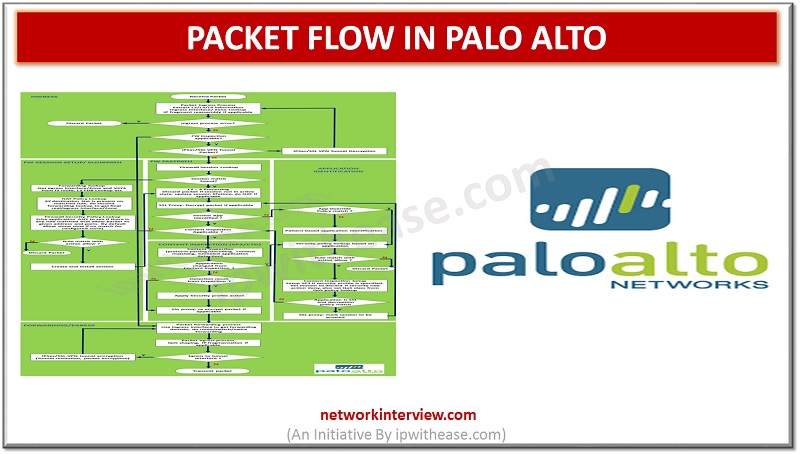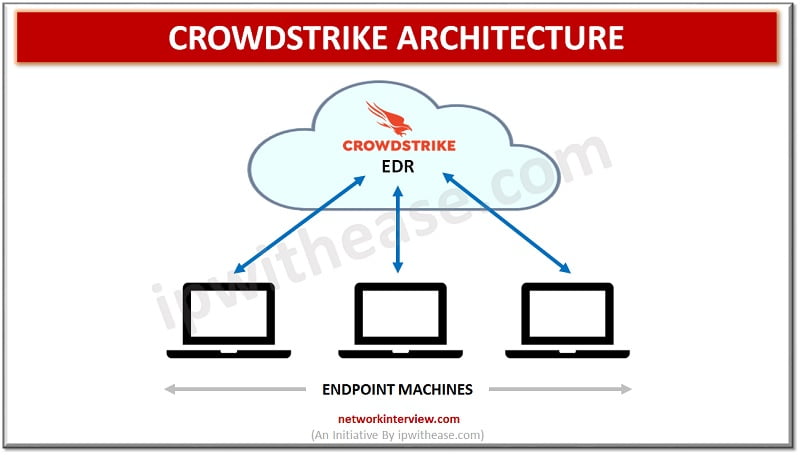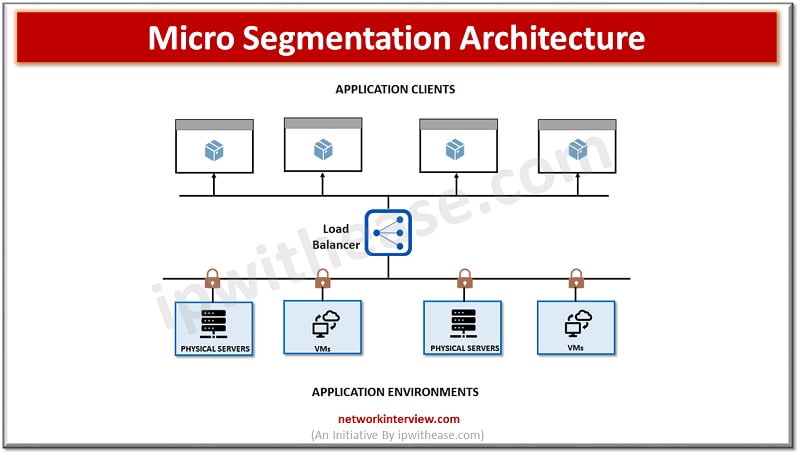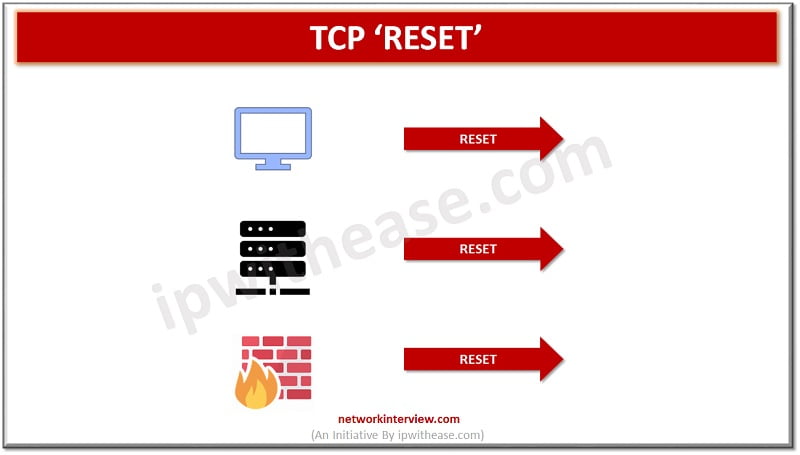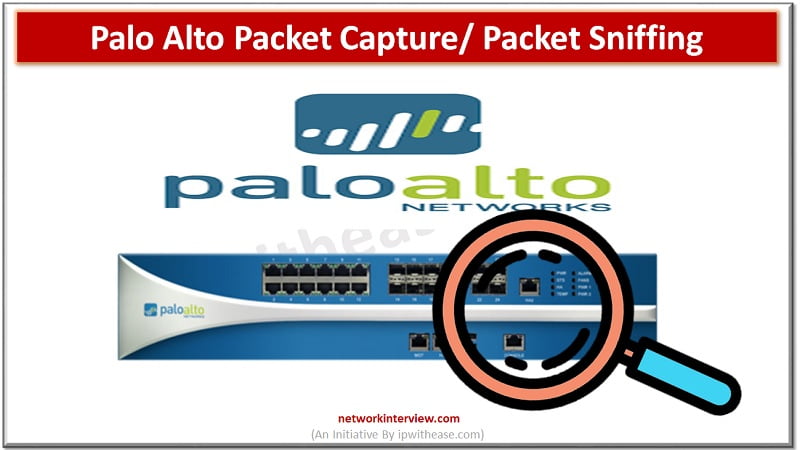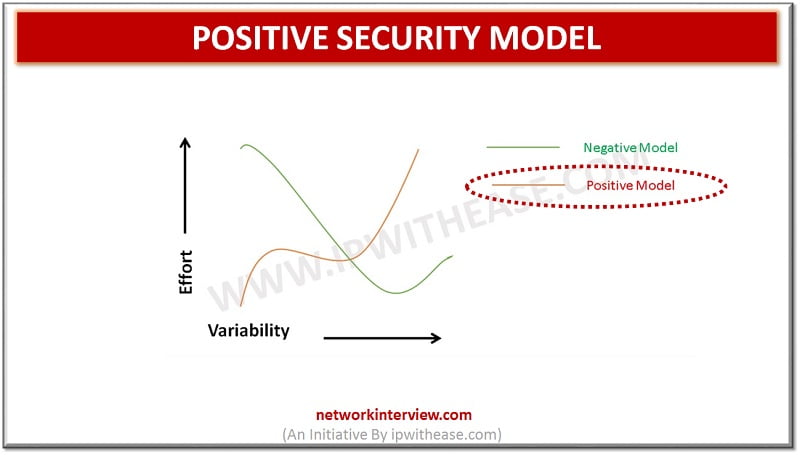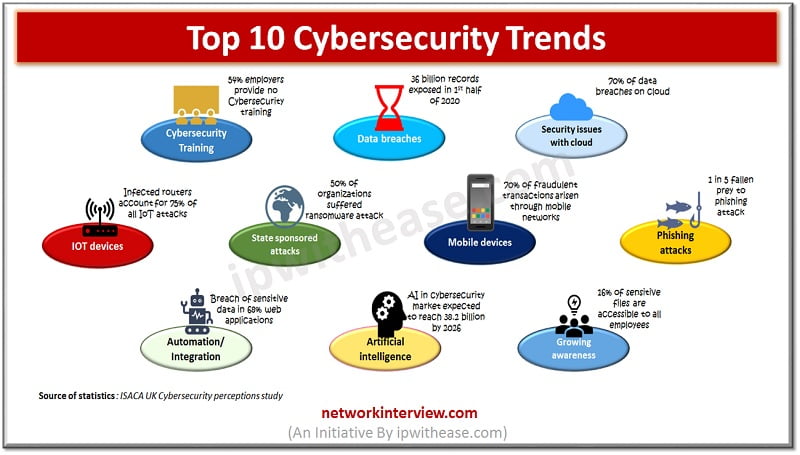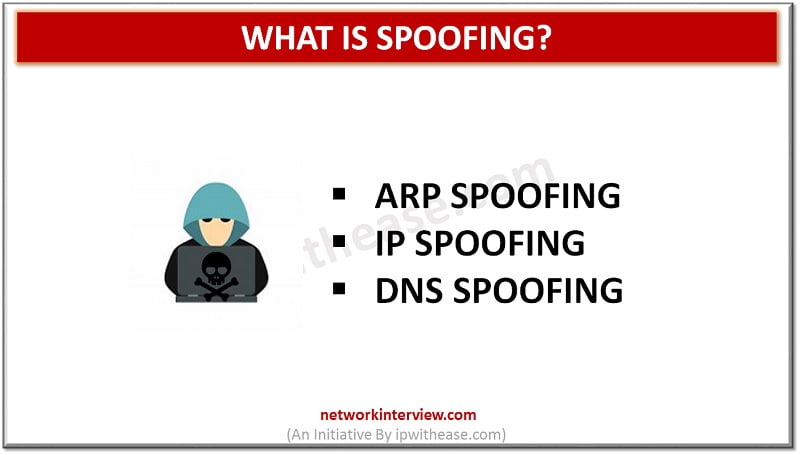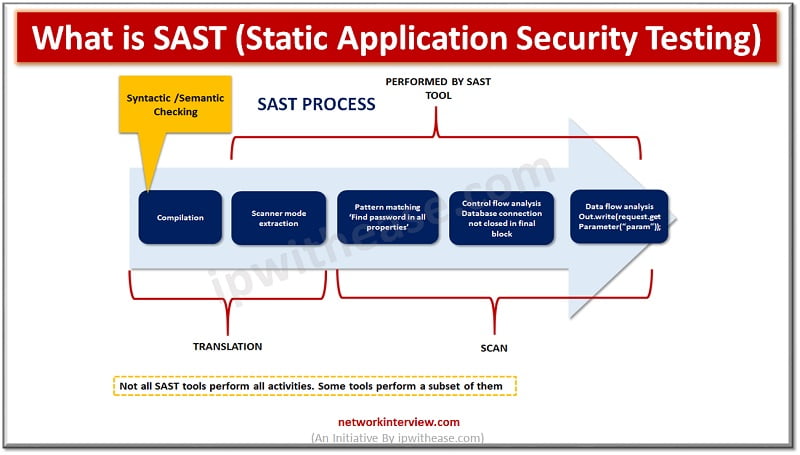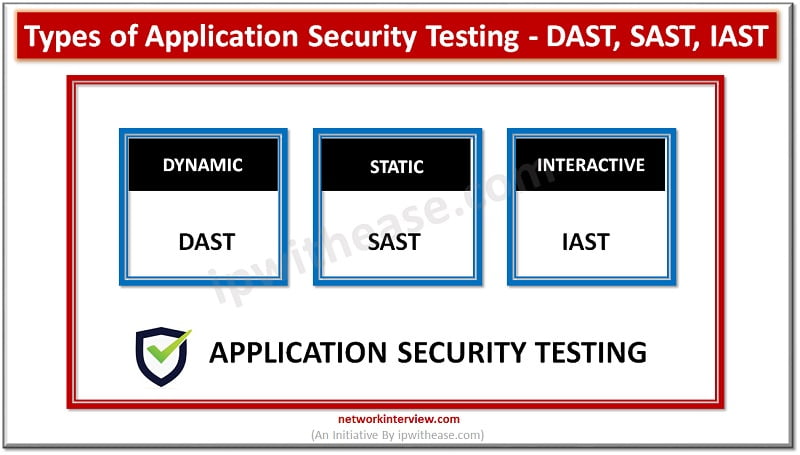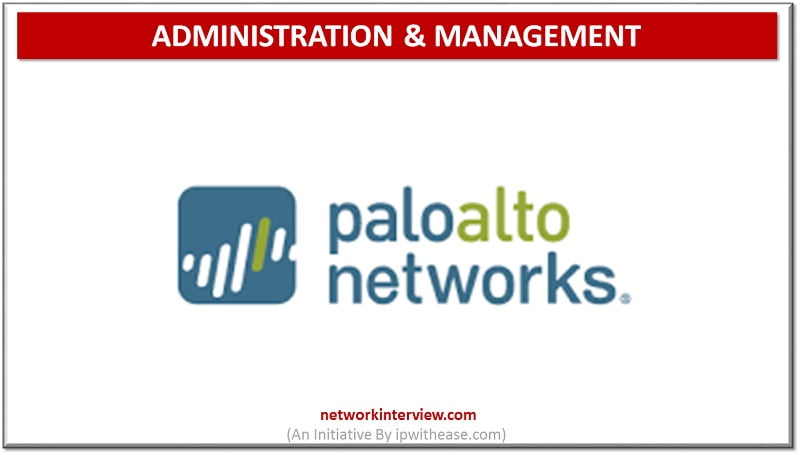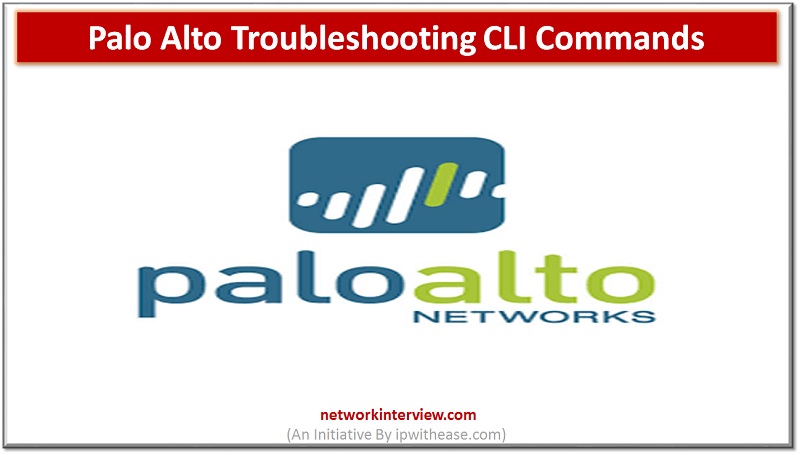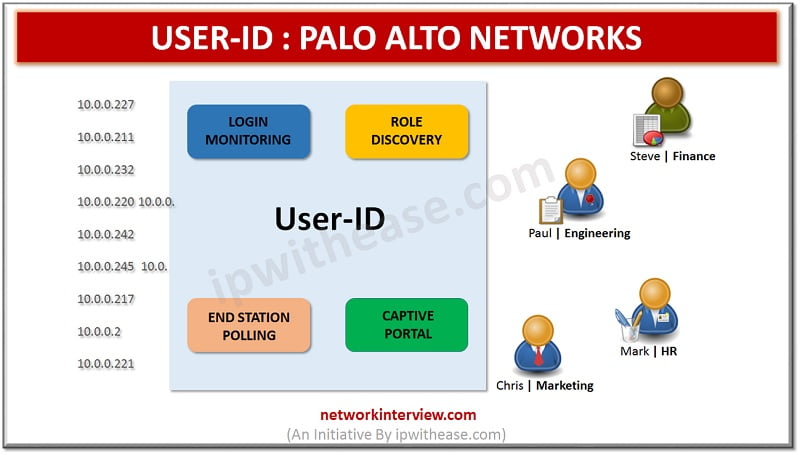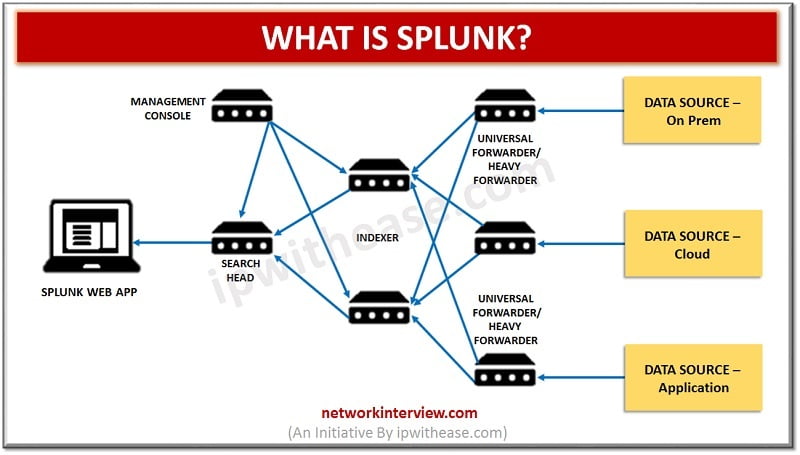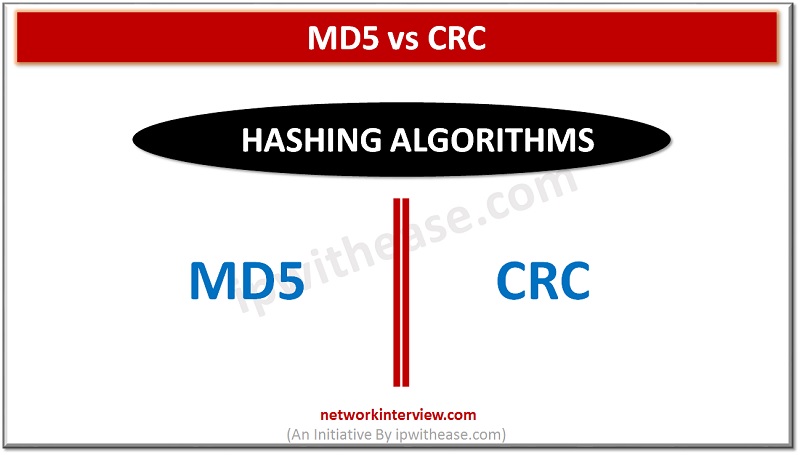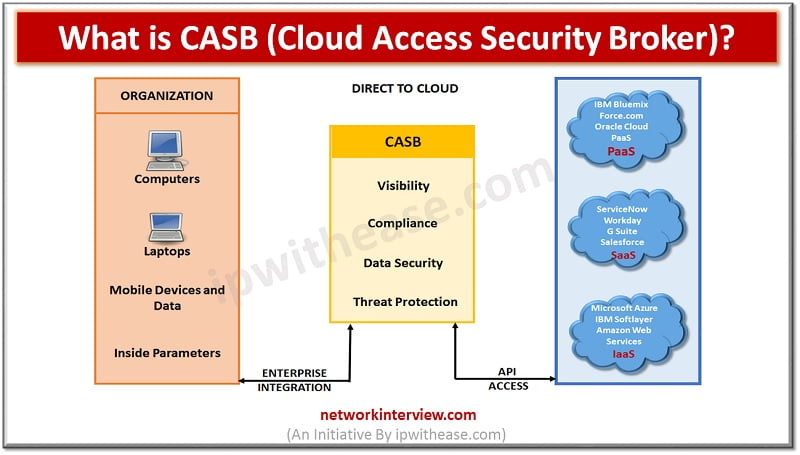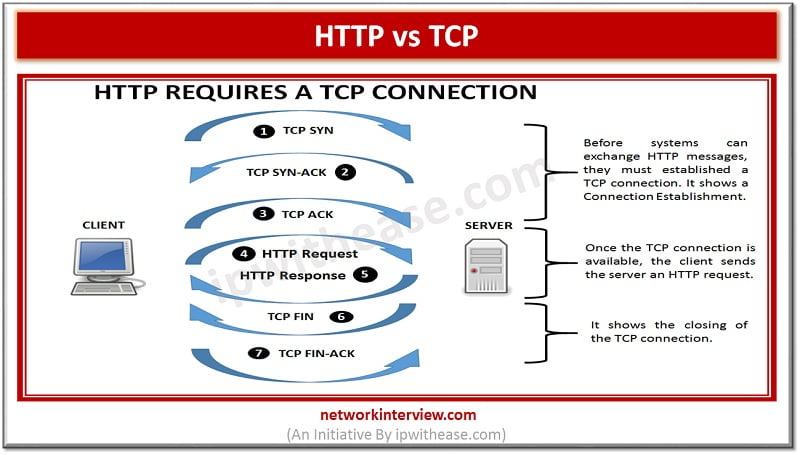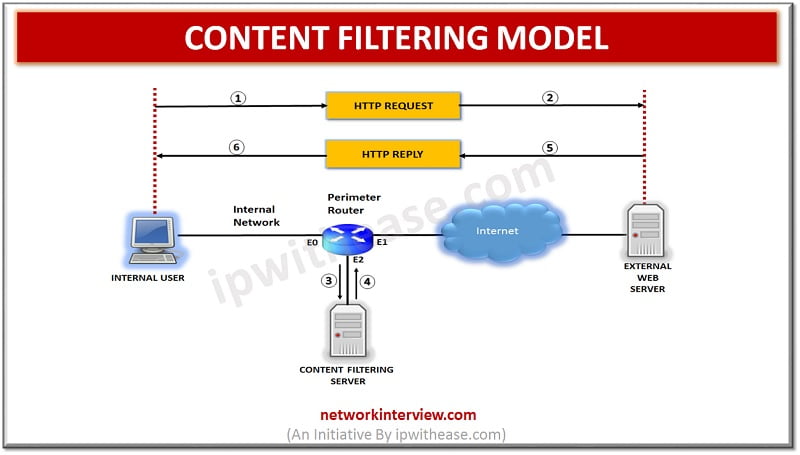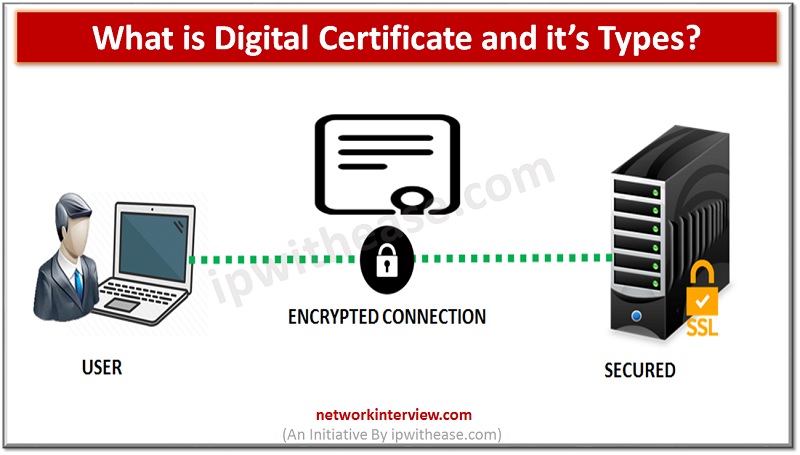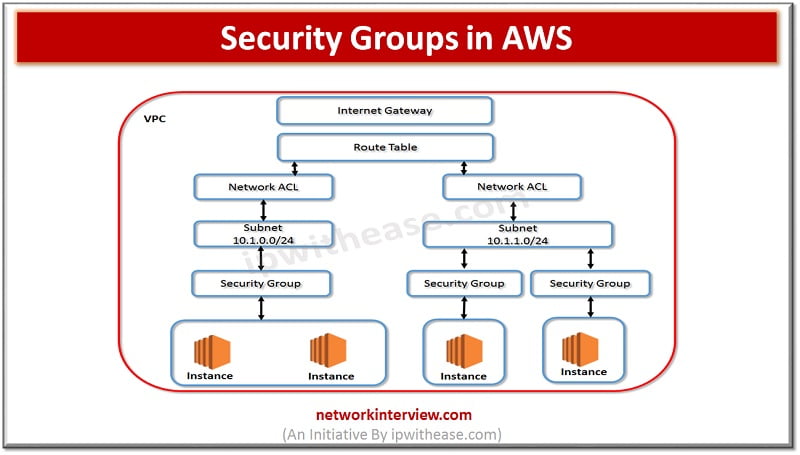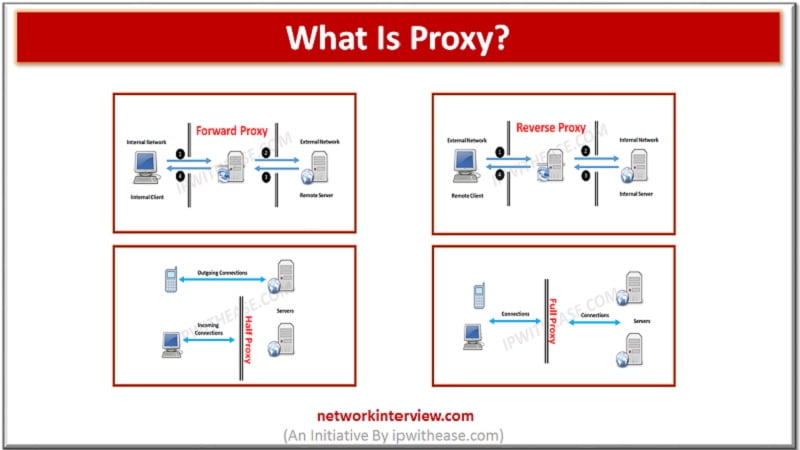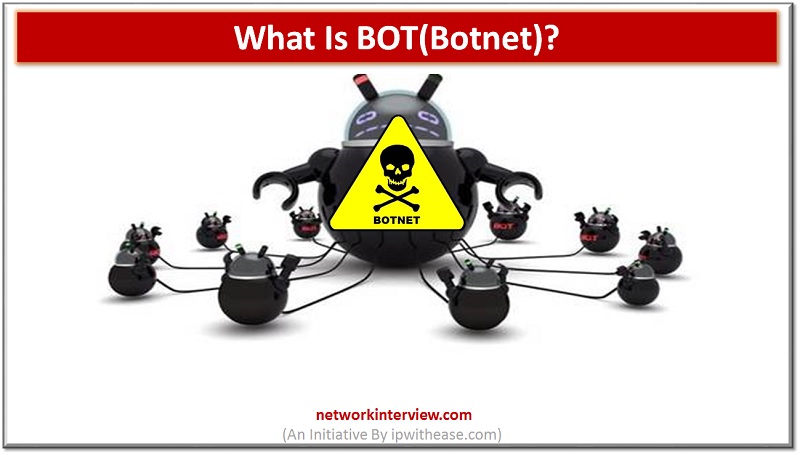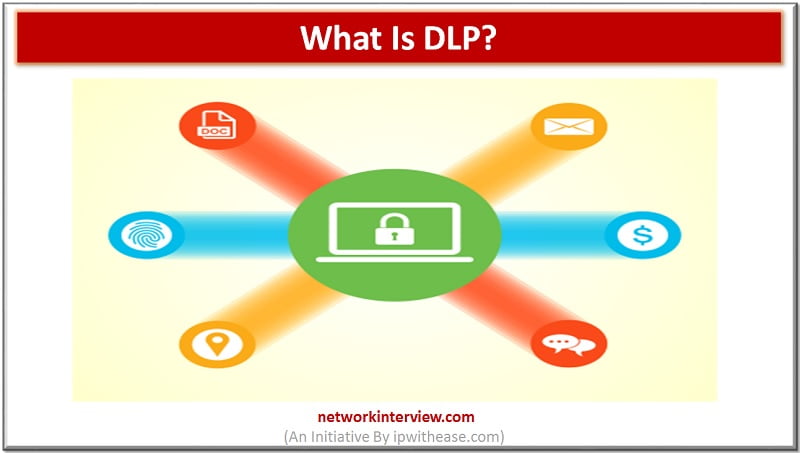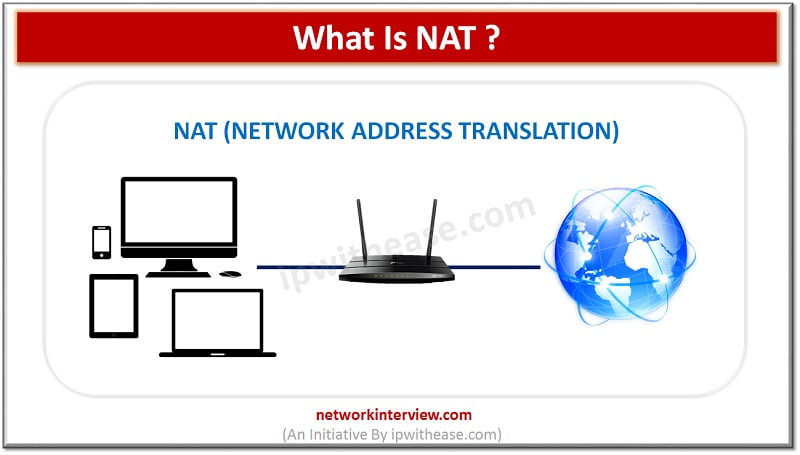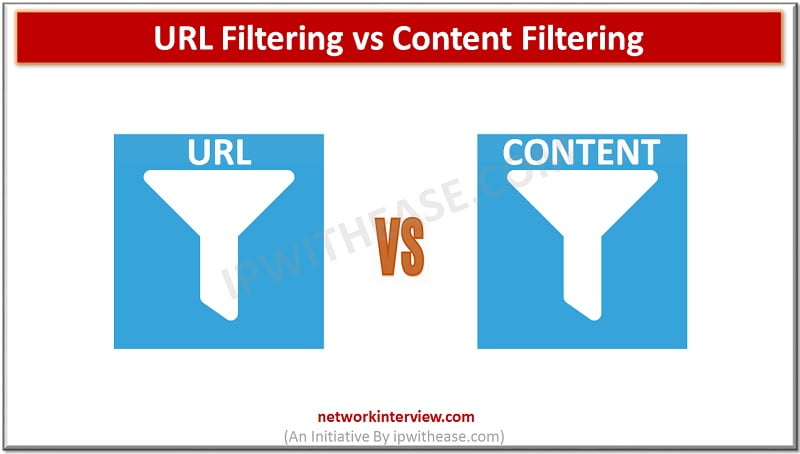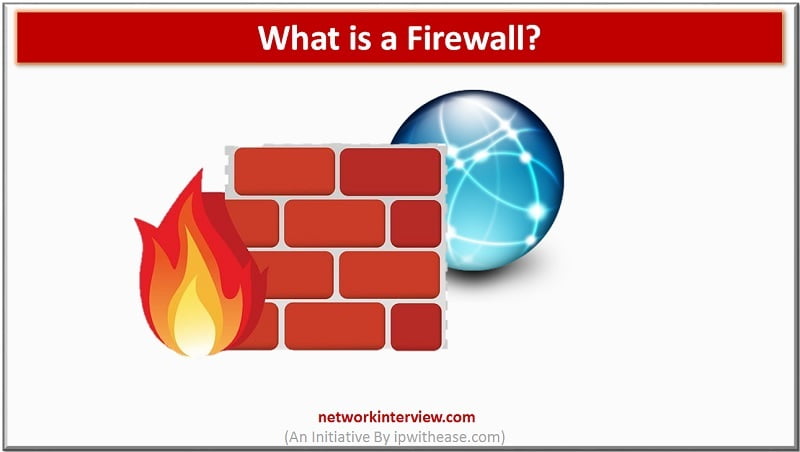Though it’s been a while since cloud technology was introduced into our world still there is much confusion surrounding Network Security and Cloud Security. If you are one of those who can’t find the difference between these two terms: Network …
Every new technology or software invented goes under this question “Is it secure?” That’s how security is always considered an important feature in the digital era. But do we understand them clearly? Over time security is classified further into cloud …
Cyber security software is a must for ensuring business and individuals security and privacy. It is a method to protect networks, systems and applications from cyber-attacks. It helps to avoid unauthorized data access, cyber attacks and identify stealing. Application, information …
Technological advances have changed the dynamics of the healthcare industry. Today, hospitals and clinics prefer using electronic health records (EHR), practice management, billing and patient engagement software to make business processes a breeze. But this technological era has given birth …
Agility and innovation are key ingredients for digital transformation. However, agility requirements are hindered by telco-controlled SD WAN or MPLS networks. Slow moving ISPs and need to deploy expensive custom hardware, telco circuits, and VPNs create roadblocks and stop transformation …
Micro segmentation vs Network Segmentation Over many years, Perimeter security has been considered the key to presenting a robust and secured network ecosystem . This was considered a suitable methodology when the network attacks were not so advanced and North-South …
Introduction to Metasploit Project In the worldwide IT security community, we define the Metasploit Project as a computer security project that mainly provides information about security vulnerabilities and helps in penetration testing and development of the IDS Signatures. It is …
In this article, we will discuss on Packet handling process inside of PAN-OS of Palo Alto firewall. Introduction: Packet Flow in Palo Alto Packet passes through the multiple stages such as ingress and forwarding/egress stages that make packet forwarding decisions on …
Introduction to Crowdstrike Threat Intelligence and Endpoint Protection is of paramount importance for organizations especially in the scenario where organizations have moved their IT infrastructure over cloud and sophisticated hackers are moving beyond malware to breach organizations. Increasingly relying on …
Network security is of paramount importance. Organizations invest the majority of their resources in security of their networks from external attacks using firewalls and intrusion prevention systems; however if a breach occurs in this system, intruders will have access to …
Introduction to TCP RST Protection of sensitive data is major challenge from unwanted and unauthorized sources. The next generation firewalls introduced by Palo Alto during year 2010 come up with variety of built in functions and capabilities such as hybrid …
Introduction to Cryptography Cryptography is crypto + graphy, where “crypto” means “hidden” or “secret” and “graphy” means “to write”. Cryptography is a technique through which the information/data is communicated securely/secretly. This technique is irreplaceably essential in the present world of …
Introduction to Packet Capturing Before discussing Palo alto packet capture, let’s first understand the term packet capture. Packet capture is network interception of data packet which can be analysed , downloaded, archived or discarded. The reason for packet capturing is …
Introduction : Positive Security Model & Negative Security Model Achieving highest level of security and being one step ahead from the hackers has always been a significant challenge for any IT company. Security is always a hot discussion topic whenever …
Network Security Models: There are two types of Network Security Model: Positive Security Model Negative Security Model In this post, we will discuss Positive Security Model in detail. Positive Security Model While setting up Web facing applications, a lot of …
Cybersecurity Trends With more and more digital advancement and penetration of cloud organizations are very much concerned about the cybersecurity threats which are on high rise and have an upward trend. Emerging technologies such as cloud computing, Artificial intelligence (AI), …
Network security is designed to protect organization information by protecting the integrity of the network from unauthorized access and threats. The system networks are linked to daily transactions and communication within the organizations private or government which need security. The …
Introduction to Spoofing Today, in the cyber security community “spoofing” is called as any fraudulent or malicious practice in which communication is established from an unknown source, usually disguised as a known source to the receiver. In order to understand …
Introduction to SAST Application security testing makes applications more resilient to security threats and identifies weaknesses and vulnerabilities in application source code. Initial days software code testing was done manually however as organizations matured and software’s became modular in nature …
Introduction to Application Security Testing Application Security testing is an integral part of SDLC (Software development lifecycle) and used to discover the weaknesses, risks or threats in software applications and help to detect vulnerabilities hidden in applications which can be …
Introduction to Palo Alto Firewall is a network security device that permit or denies network access to traffic flows between an untrusted zone and a trusted zone. Palo Alto Firewall is one of the globally coveted and widely preferred Security …
Introduction Palo Alto has been considered one of the most coveted and preferred Next generation Firewall considering its robust performance, deep level of packet inspection and myriad of features required in enterprise and service provider domain. When troubleshooting network and …
The modern technologically advanced world not only opens the gate for new opportunities but also for new threats. One of them is Cryptojacking, a cybercrime that became more active in the past two decades. Is this your first time hearing …
In this article, we will understand the terminologies related to USER ID and their role w.r.t login monitoring, role discovery and related nuances. USER ID : PALO ALTO NETWORKS User Identification is a very unique feature of Palo Alto firewall …
Introduction Your website’s server isn’t just a device you use to run your website. It’s also a device that’s designed to share your website’s information with others, no matter who they are. This is how users can find and access …
ISP stands for Internet service provider they offer a wide variety of Internet services related to browsing, Email services, faxing capability, audio and video communications and hosting services etc. Let’s look more in detail about Internet service provider (ISP) and …
Introduction to Splunk “Splunk” is the product created by an American multinational company based in California that creates software platforms for searching, monitoring, and analyzing data via a Web-style interface. With the general term “Splunk”, it is the “Data to …
Introduction to CASB Solutions CASB (Cloud Access Security Broker) is an intermediary between cloud users and cloud applications. CASB solution is a software/hardware application that is located inside the network or works as a cloud-native application. Cloud access security broker …
Introduction to Google Account Security Nowadays, for a user it is mandatory to create a Google Account, in order to use the Gmail, Google Hangouts, Google Meet and Blogger Applications or Web Site Services. On the other hand, a Google …
Difference Between MD5 and CRC MD5 and CRC are 2 of most commonly used hashing algorithms, infact while comparing files and including other use cases. In this article. We will understand both the concepts of hashing algorithm and how one …
What is CASB? Cloud access security brokers (CASBs) is a cloud hosted solution placed between cloud service consumers and cloud service providers to implement security, compliance and governance security policies for cloud applications. CASBs help organizations to extend the security …
Before discussing the difference, let’s understand the two terms first What is HTTP? HTTP is a Hypertext Transfer Protocol. HTTP works similar to other application services like SMTP and FTP. Like the performance of FTP, it transfers a document using …
Overview Content filtering is essential to exclude access to web pages or email deemed objectionable. Content filtering is used by corporations as part of their security framework setup. Content filtering service boosts network security by blocking entry to suspicious websites …
SSL Certificate types : Intermediate Certificate and Root Certificate When we look at the function of the SSL certificates at the first glance, then we would find that they are pretty straightforward. You would simply install it to your concerned …
A digital certificate, which is also termed as public key certificate is applied to cryptographically link up the ownership of public key to the entity owning the same. Here, we are going to get a better insight of what is …
MESH NETWORK TOPOLOGY Network Topology refers to the physical or logical layout of a network. Mesh network topology is a type of site-to-site WAN topology in which each network device is connected to every other device through a dedicated link …
Security Groups in AWS I am sure that while working on Security groups, we do ponder about Firewalls and Rules i.e. allowing or denying traffic based on hardware or software firewalls. In case of AWS security groups are very similar …
Proxies (often called intermediaries in the SOA world) are hardware or software solutions that sit between the client and the server and do something to requests and sometimes responses. The most often heard use of the term proxy is in …
Introduction to URL Filtering Make sure that you type the name of your favorite social networking site in the web browser and it displays a message “The policy of your organization does not allow navigation to this website” and does …
Botnet(BOT) Users began to know this malicious program from the year 2000 when a teenager from Canada launched a series of denial of service attacks against very popular websites. The young man, whose nickname was Mafiaboy, attacked Yahoo, ETrade, Dell, …
For some years now, the word cyber security has become a standard among companies. Information Technology is already a common tool in business and to keep systems safe, security measures are lacking to help us avoid being exposed to large …
Equifax, Avanti or Down Jones, are sadly famous companies in 2017 for having suffered significant leaks of sensitive information. Thus, those who committed to ensuring the confidentiality of their customers, are faced with the obvious failure of wrong Data Loss …
NAT (NETWORK ADDRESS TRANSLATION) In computer networking, Network Address Translation (NAT) is the process of modifying IP address information in IP packet headers while in transit across a traffic routing device. Network Address Translation (NAT) allows security administrators to overcome …
In this post, we shall discuss about comparison of URL filtering and Content filtering. Both the terms are interrelated, however differ in flavor of how they protect and assets they protect. SO, lets understand them in more detail – URL …
Firewalls are computer software programs that hinder illegitimate access to or from a personal network. They are used to improve security in a system of computers connected to a similar interface, including the Internet and LAN. Thus, they are a …

